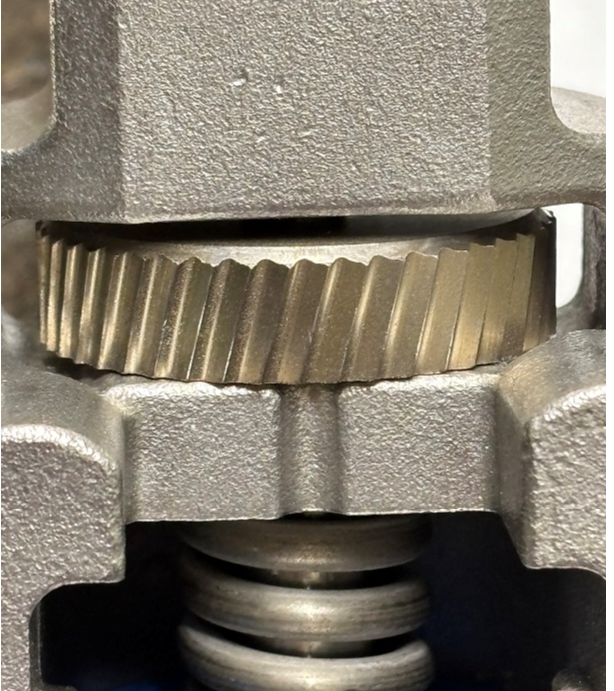Tabletop Can Opener
Applicable industries
Commercial tabletop can opener (food utensil)
Material
304-stainless steel
Quantity
1000
Manufacturing process

Challenge
In the early stage of development, the customer only provided a set of samples and 3 stainless steel precision castings plus two lock shaft 2D and 3D drawings; requiring our products to meet the requirements of installation and smooth use. The customer did not provide the use requirements and drawings of the full set of products. The relevant cooperation requires our company to practice according to the samples and work reasons; and in actual use, we can say that we have never used such products.
In the initial sample trial production, we disassembled a set of sample accessories provided by the customer for research; and delivered them to the customer after a simple trial assembly without any problems. The customer did not report any problems when confirming the sample; because the final assembly of the product was completed at the foreign customer.
After mass production, the customer found that one face of the gear in the main body had friction with the end face of the main body and was not smooth during the early assembly and use of the product, which affected the use of the product in the hands of the customer; we need to find the cause and avoid such problems from happening again.

Analysis
In response to customer feedback, we decomposed the sample structure originally provided by the customer and conducted relevant technical analysis; eliminated processing problems, and conducted dimensional inspections and repeated trial assembly inspections on related parts.
The analysis showed that the main casting of 354814-1 was deformed (uneven surface) at the interface with the gear end face, and the inner bottom periphery of the casting contacting the gear surface was higher (concave), causing the gear to rub against the outer convex surface of the casting during use, resulting in uneven rotation.
Need help with a new project?
Let’s push the limits of what’s possible together. Talk to your project solutions expert.
Solution
For the 354814-1 main casting, the surface of the gear end face is deformed (uneven), and the inner bottom periphery of the casting contacting the gear surface is higher (concave), causing the gear to rub against the outer convex surface of the casting during use, causing uneven rotation; there are three solutions.
Customer-side product A plan After negotiating with the customer, our company provides a special gasket made of 304 material with a thickness of 0.5MM; it is used to raise the middle depression problem caused by the deformation of the casting, so that the entire surface of the gear is higher than the end face of the casting; and under the action of the gasket, the product can be used smoothly. We have tested the height of the gasket and it can be installed without any modification; this is the best and fastest solution. This is our company’s main solution for customers.
B plan According to our company’s calculation and the results of the customer’s trial after assembly, the outermost side of the main end face is ground inward by 5-6MM deep about 0.5MM to grind off the area where the casting is higher than the gear surface; so that the gear can rotate smoothly.
Our company’s existing products. After inventorying, there are only 30 pieces of the main body. For these 30 products, our company plans to deal with them as defective. For the subsequent products that have not been produced, our company and the customer apply for mold modification; the main body and the gear connection end surface are reduced as much as possible, and the inner high and outer low are used to avoid deformation caused by castings that affect the smooth use of the product. The changes are as follows:


Results
We designed a casting model for the customer. After the model is manufactured, the relevant salesperson will communicate with the customer. And explain the reasons and effects of the optimization to the customer; because the customer can see it clearly on the model. The customer accepted our mold modification plan for a while, and we immediately started to modify the mold; this controlled deformation in all aspects of the casting. After the casting comes out, the end face is inspected during processing; ensure that the end face is intact, and there is no excess meat and protrusions.
Finally, the improved casting is tested in small batches (no less than 50 pieces); ensure that it can be used smoothly; verify that there is no problem and mass production.

Excellent investment casting Custom parts solutions
Speak to one of our experts today to learn more about our custom casting solutions.
